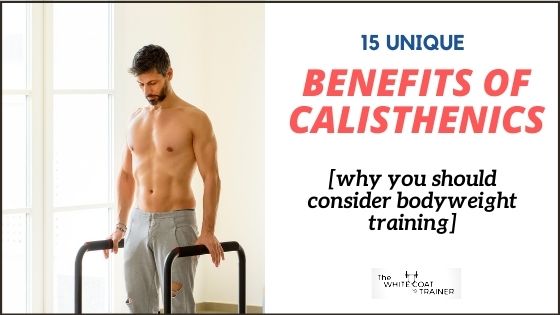Are you a beginner looking to start your fitness journey? If so, you may be wondering if calisthenics is the right choice for you. Calisthenics, a form of exercise that uses bodyweight movements, can be a great option for beginners seeking to improve their strength, flexibility, and overall fitness. In this article, we will explore the benefits of calisthenics for beginners, debunk common myths, and provide tips on how to get started. Whether you’re looking to build muscle or simply improve your physical well-being, calisthenics could be the perfect fit for you.
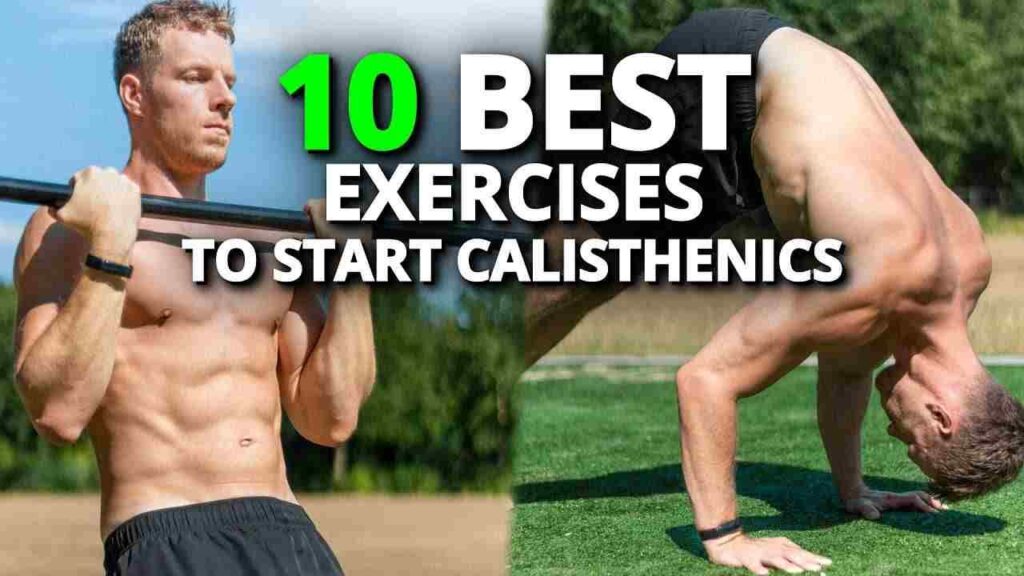
This image is property of miro.medium.com.
Is Calisthenics a Good Fit for Beginner Fitness?
If you’re a beginner looking to start your fitness journey, calisthenics can be a great choice. This form of exercise utilizes your body weight as resistance and focuses on movements that improve strength, flexibility, and overall fitness. In this article, we will explore the benefits of calisthenics for beginners, safety considerations, the best exercises to start with, how to create a beginner calisthenics routine, common mistakes to avoid, tips for progression and motivation, and how calisthenics compares to other forms of exercise. So, let’s dive in!
Benefits of Calisthenics for Beginners
Improves Body Strength
Calisthenics is an excellent way to build strength, even for beginners. Exercises like push-ups and squats target major muscle groups such as the chest, arms, and legs. By progressively challenging your body with these movements, you will gradually increase your strength over time.
Enhances Flexibility
Flexibility is just as important as strength when it comes to overall fitness. Calisthenics incorporates movements like lunges and mountain climbers that require dynamic stretching, improving your flexibility and range of motion. This can help prevent injuries and improve your overall athletic performance.
Requires Minimal Equipment
One of the great advantages of calisthenics is that it requires very little equipment. In fact, most exercises can be done using just your body weight! This makes it a cost-effective and convenient option, allowing you to work out anytime, anywhere.
Can Be Done Anywhere
Calisthenics is extremely versatile and can be done in a variety of settings. Whether you prefer to work out at home, in a park, or at the gym, you can easily incorporate calisthenics into your routine. All you need is some open space and a bit of motivation!
Allows for Progression
Calisthenics provides endless opportunities for progression. As a beginner, you can start with basic exercises and gradually increase the difficulty as you become stronger and more confident. This ensures that you are constantly challenging your body and making progress in your fitness journey.
Promotes Functional Movement
Functional movement refers to exercises that mimic everyday movements, such as pushing, pulling, and squatting. Calisthenics focuses on these types of movements, improving your strength and mobility not just in the gym but also in your daily life. This makes calisthenics a practical and functional form of exercise for beginners.

This image is property of betterme.world.
Safety Considerations for Beginners
While calisthenics is a safe and effective form of exercise, it is important to keep some safety considerations in mind, especially as a beginner. Here are some tips to ensure a safe and injury-free workout:
Proper Warm-Up and Cool-Down
Before starting any exercise, it is crucial to warm up your muscles and prepare your body for the workout ahead. A dynamic warm-up that includes movements like jogging in place, arm circles, and leg swings can help increase blood flow, improve flexibility, and reduce the risk of injury. Similarly, a cool-down consisting of static stretches can help your muscles recover and prevent post-workout soreness.
Correct Form and Technique
Proper form and technique are essential in calisthenics to prevent injuries and maximize your results. Take the time to learn the correct form for each exercise and focus on maintaining it throughout your workout. If you’re unsure about your form, consider working with a trainer or watching instructional videos to ensure you are performing the exercises safely and effectively.
Gradual Progression
As a beginner, it’s important to start slowly and gradually increase the intensity and difficulty of your workouts. Listen to your body and avoid the temptation to push yourself too hard too soon. Give yourself time to adapt and build a solid foundation before progressing to more challenging exercises.
Listening to Your Body
It’s essential to listen to your body and pay attention to any pain or discomfort during your workouts. If something doesn’t feel right, stop and reassess. Pushing through pain can lead to injuries, so it’s better to take a break or modify the exercise if needed. Remember, fitness is a journey, and it’s important to prioritize your health and well-being.
Avoiding Overtraining
Overtraining occurs when you push your body beyond its limits without allowing adequate rest and recovery. This can lead to fatigue, decreased performance, and an increased risk of injury. As a beginner, it’s crucial to establish a balanced routine that includes rest days to give your body time to repair and rebuild. Aim for at least one or two rest days per week and listen to your body’s signals for when it needs a break.
Best Calisthenics Exercises for Beginners
Now that we’ve covered the benefits of calisthenics for beginners and the safety considerations, let’s explore some of the best exercises to start with:
Push-ups
Push-ups are a classic calisthenics exercise that targets your chest, shoulders, triceps, and core. Start with modified push-ups on your knees if full push-ups are too challenging, and gradually progress to standard push-ups as you gain strength.
Squats
Squats are a fantastic lower body exercise that targets your quadriceps, hamstrings, glutes, and core. Begin with bodyweight squats by lowering yourself into a sitting position and standing back up, focusing on proper form and depth.
Plank
The plank is a simple yet effective exercise that strengthens your core, shoulders, and arms. Start with holding the plank position for 20-30 seconds and gradually increase the duration as you become more comfortable.
Lunges
Lunges target your quadriceps, hamstrings, glutes, and calves. Begin by performing forward lunges, stepping one foot forward and bending both knees until your back knee is almost touching the ground. Alternate legs and gradually increase the depth and difficulty as you progress.
Mountain Climbers
Mountain climbers are a dynamic exercise that engages your core, shoulders, and legs. Begin in a high plank position and bring one knee toward your chest, quickly switching to the other knee while maintaining a fast-paced rhythm. This exercise not only improves strength but also boosts your cardiovascular fitness.
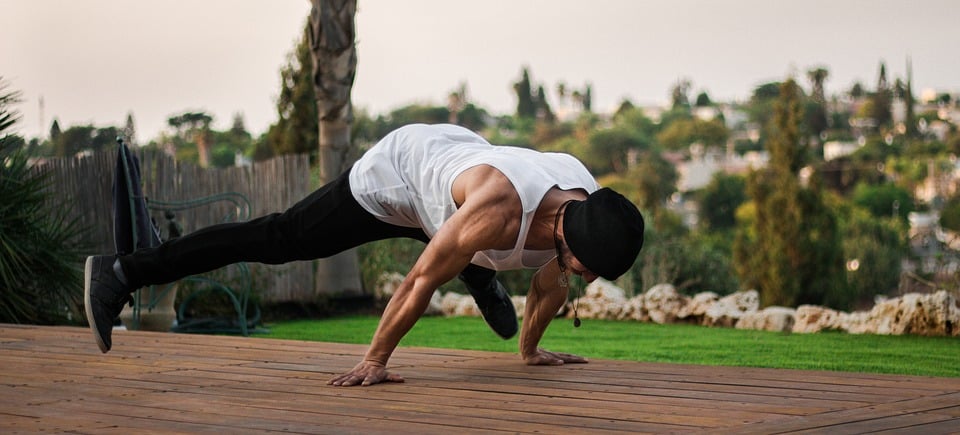
This image is property of calisthenicsworldwide.com.
Building a Beginner Calisthenics Routine
Now that you have an understanding of the benefits of calisthenics, safety considerations, and some recommended exercises, it’s time to build a beginner calisthenics routine. Here are some steps to guide you:
Setting Goals
Start by setting clear and achievable goals. Whether you want to improve strength, lose weight, or increase flexibility, having specific goals will help you stay motivated and track your progress.
Choosing Exercises
Based on your goals, choose a variety of exercises that target different muscle groups. Aim for a combination of upper body, lower body, and core exercises to achieve a well-rounded workout. Consider incorporating the best calisthenics exercises for beginners mentioned earlier into your routine.
Determining Sets and Reps
As a beginner, it’s recommended to start with 2-3 sets of 8-12 repetitions for each exercise. This allows for enough volume to stimulate your muscles without overexerting yourself. Focus on maintaining proper form and gradually increase the sets and reps as you become stronger.
Creating a Schedule
Consistency is key when it comes to any fitness routine. Find a schedule that works best for you and stick to it. Aim for at least 2-3 sessions per week and gradually increase the frequency as you progress. Remember to incorporate rest days to allow your body to recover and adapt.
Common Mistakes to Avoid
To ensure a successful calisthenics journey, it’s important to be aware of common mistakes that beginners often make. Here are a few pitfalls to avoid:
Skipping Warm-up and Cool-Down
Skipping warm-up and cool-down exercises can increase the risk of injury and hinder your progress. Take the time to properly warm up before each workout and cool down afterward to promote muscle recovery and flexibility.
Using Improper Form
Using improper form can lead to injuries and diminish the effectiveness of the exercises. Focus on executing each movement with proper technique and maintain good posture throughout. Take the time to learn and understand the correct form for each exercise and perform them with intention.
Overtraining and Not Allowing Adequate Rest
It can be tempting to push yourself to the limit every time you work out, but overtraining can have negative effects on your progress and overall well-being. Give your body the rest it needs. Overtraining can lead to fatigue, decreased performance, and increased risk of injury. Incorporate rest days into your routine and prioritize recovery.
Neglecting Variety in Exercises
Repeating the same exercises week after week can lead to boredom and plateau in your progress. Incorporate a variety of exercises to challenge your body and keep your workouts interesting. You can progressively increase the difficulty of exercises or experiment with new movements to prevent stagnation.
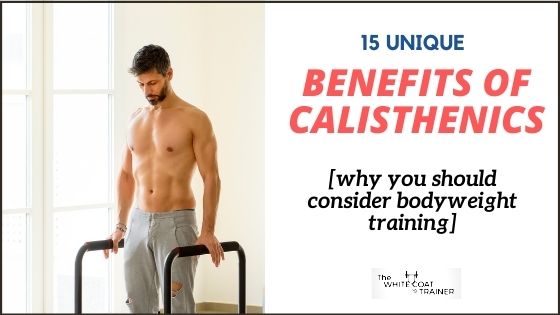
This image is property of whitecoattrainer.com.
Tips for Progression and Motivation
To stay motivated and continue progressing in your calisthenics journey, consider implementing these tips:
Tracking Progress
Keep a workout journal or use a fitness tracking app to record your workouts, sets, reps, and any progress or improvements you notice. Tracking your progress allows you to see how far you’ve come and can be a great source of motivation.
Increasing Difficulty
As you become stronger and more comfortable with the exercises, progressively increase the difficulty to keep challenging your body. This can be done by adding resistance bands, using weights, or trying more advanced variations of the exercises.
Incorporating New Exercises
Adding new exercises to your routine not only keeps it exciting but also helps to target different muscle groups and prevent plateaus. Explore different calisthenics movements and experiment with variations to continuously challenge your body.
Finding Accountability
Working out with a friend or joining a calisthenics community can provide you with support, motivation, and accountability. When you have someone to share your progress and challenges with, it becomes easier to stay on track and push yourself further.
Calisthenics vs Other Forms of Exercise for Beginners
Calisthenics offers unique benefits for beginners compared to other forms of exercise. Let’s explore how it compares to strength training, cardiovascular exercise, and flexibility training:
Strength Training
While traditional strength training typically involves using weights or machines, calisthenics focuses on using your body weight as resistance. Both forms of exercise can build strength, but calisthenics also promotes functional movements and requires minimal equipment.
Cardiovascular Exercise
Calisthenics can provide a cardiovascular workout, especially when incorporating high-intensity exercises like burpees or mountain climbers. However, for those primarily focused on cardiovascular fitness, activities like running or cycling may be more suitable.
Flexibility Training
Calisthenics incorporates dynamic stretching and movements that improve flexibility. However, if your main goal is to increase flexibility, dedicated stretching routines such as yoga or Pilates may be a better fit.
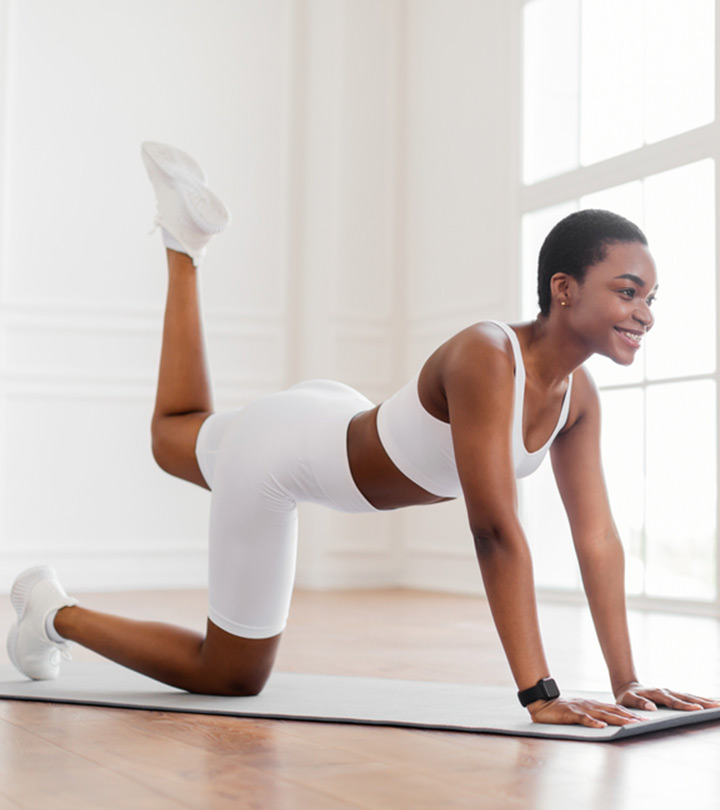
This image is property of www.stylecraze.com.
Benefits of Calisthenics for Weight Loss
If weight loss is one of your goals, calisthenics can be highly effective. Here’s why:
Increases Calorie Burn
Calisthenics engages multiple muscle groups, resulting in a higher calorie burn during and after your workout. The more calories you burn, the more likely you are to create a calorie deficit, which is essential for weight loss.
Builds Muscle Mass
Calisthenics exercises help build lean muscle mass, which in turn increases your metabolic rate. The more muscle you have, the more calories your body will burn at rest, making weight loss more sustainable in the long run.
Increases Metabolism
Regular calisthenics workouts can boost your metabolism, even after you’ve finished exercising. This is known as the “afterburn effect” or excess post-exercise oxygen consumption (EPOC), where your body continues to burn calories at an elevated rate to repair and recover.
Combining Calisthenics with Other Fitness Activities
Calisthenics can be a versatile component of your overall fitness routine. Consider incorporating it with other activities to create a well-rounded approach:
Yoga and Pilates
Both yoga and Pilates complement calisthenics by improving flexibility, balance, and deep core strength. These activities can help you recover from intense workouts and provide active rest days.
Running or Cycling
Cardiovascular activities such as running or cycling can enhance your endurance and complement your calisthenics workouts. Additionally, these activities are an excellent way to incorporate steady-state cardio or high-intensity interval training (HIIT) into your routine.
Weightlifting
For those seeking to build even more strength, combining calisthenics with weightlifting can be beneficial. Weightlifting allows you to progressively overload your muscles and develop strength beyond what bodyweight exercises alone can offer.
Conclusion
Calisthenics is a fantastic choice for beginners due to its numerous benefits such as improved strength, flexibility, and functional movement. With minimal equipment required, calisthenics can be done anywhere, allowing you the flexibility to work out on your own terms. By following proper safety considerations, choosing the best exercises, and building a beginner calisthenics routine, you can set yourself up for success in your fitness journey. Keep in mind the common mistakes to avoid, stay motivated through progression, and consider integrating calisthenics with other activities for a well-rounded fitness experience. So, don’t hesitate to give calisthenics a try and start reaping its many rewards for your body and mind!
